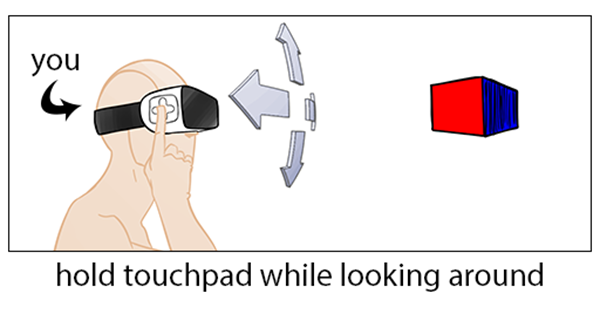
2015 may well be remembered as the year that virtual reality hit the mainstream. A million New York Times subscribers received Google cardboard in the mail last month. Right before Thanksgiving, Samsung released a consumer headset. People are, slowly, starting to see what this new medium looks like. While that's been happening, Eugene Chung — a Pixar alumnus and the founder of Oculus's Story Studio — has been showing an ambitious, animated adaptation of The Little Prince to small audiences. Now, it's hitting the (relative) mainstream.
On Thursday, Sundance announced that "The Rose and I," the inaugural piece from Chung's Penrose Studios, will be shown at next year's film festival. Attendees will be able to see it on a virtual reality headset as part of Sundance's New Frontiers exhibition — the part of the festival dedicated to new forms of storytelling.
"What I thought was going to take 10 years is really going to take one," said Chung of the quick ascendance of virtual reality.
The roughly five-minute-long piece takes place on a planet (about the size of a soccer ball in the experience), and shows the meeting of the Little Prince and a rose, while the solar system moves around the planet, and the viewer. All told, it's much more delicate and much more cinematic than most other virtual reality experiences. Its world feels handcrafted, and its story is simple, straightforward, and well-told. Even without Chung's background, Penrose would be drawing comparisons to Pixar.

And even those who aren't attending Sundance (or who don't have an Oculus developers kit) will able to see it, albeit in truncated form. On Wednesday, the studio released its first app, Rose, into the Oculus Store for the Samsung Gear VR. Anyone with the headset can download it today, for free, and it comes with a "mobile preview" of "The Rose and I," called "Rosebud."
Calling "Rosebud" a preview is a bit of a misnomer — it's not a clip, or a trailer, or a hint at the story. It tells the same story as "The Rose and I" just with fewer visual details; that's because, according to Chung, the computer running a VR headset like the Oculus Rift has 150 times the computing power of the smartphone running a Samsung Gear VR. "Rosebud" is just as long, but it's not quite the same experience.
Another difference: "The Rose and I" is run on headsets that have positional tracking, which means that you can walk around in the experience, and get closer or further away from the action. The Samsung Gear VR can tell which way you're facing, but it doesn't know when you lean forward. So, Penrose developed another change for "Rosebud."

Penrose has built a tool for the Gear VR that allows the viewer to move the environment around themselves, instead of the viewer moving around the environment. In the case of Rosebud, this means you can manipulate the planet that the narrative is taking place on, and, by tapping the touchpad on the Gear headset, can move it around the environment and watch the story from any perspective.
"It’s a new mechanism that’s expanding the idea of what storytelling could be," said Chung. It's a unique way to watch a VR experience, and one that lets the viewer define the story they see. "It’s simple but it’s adds an element that’s new."

